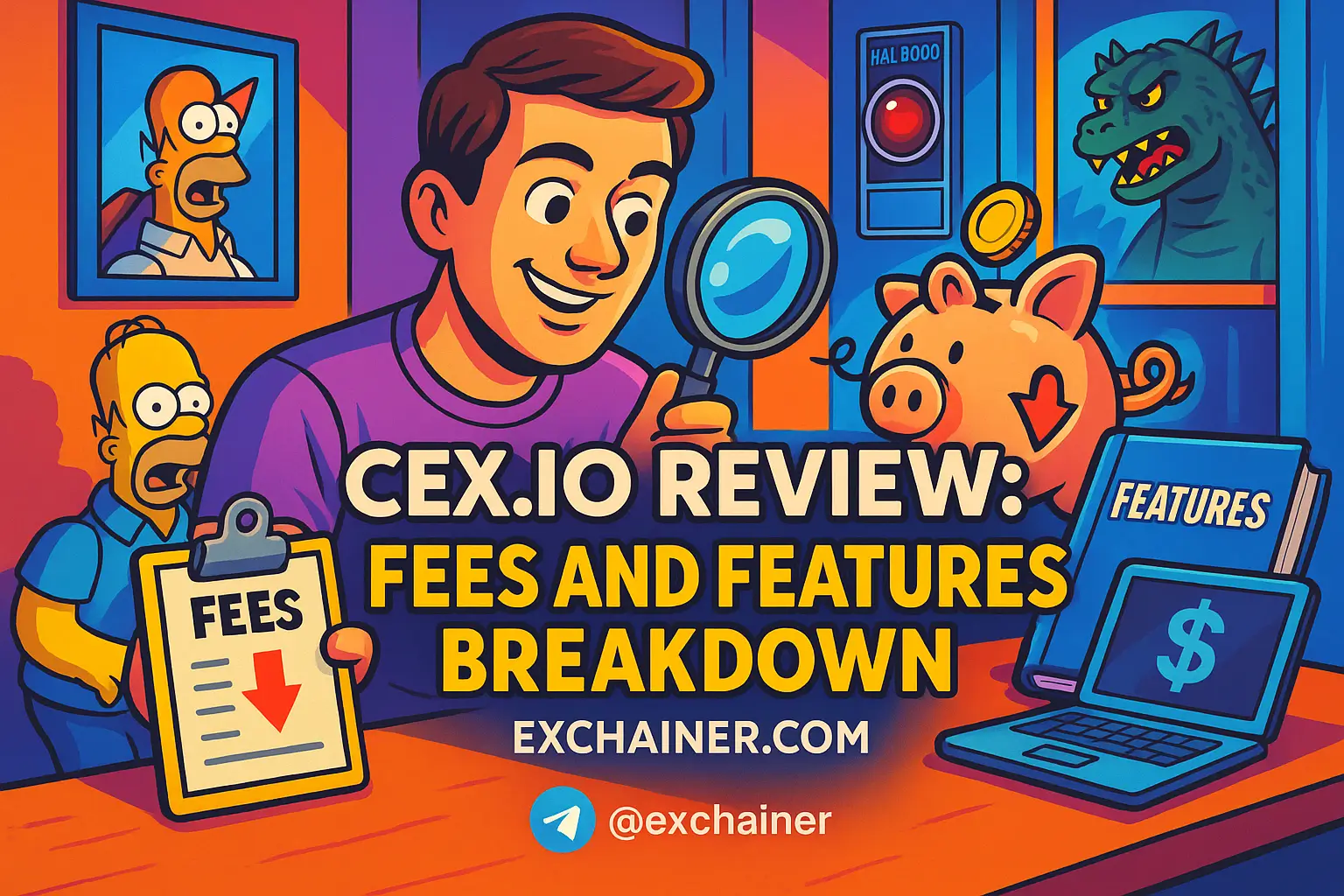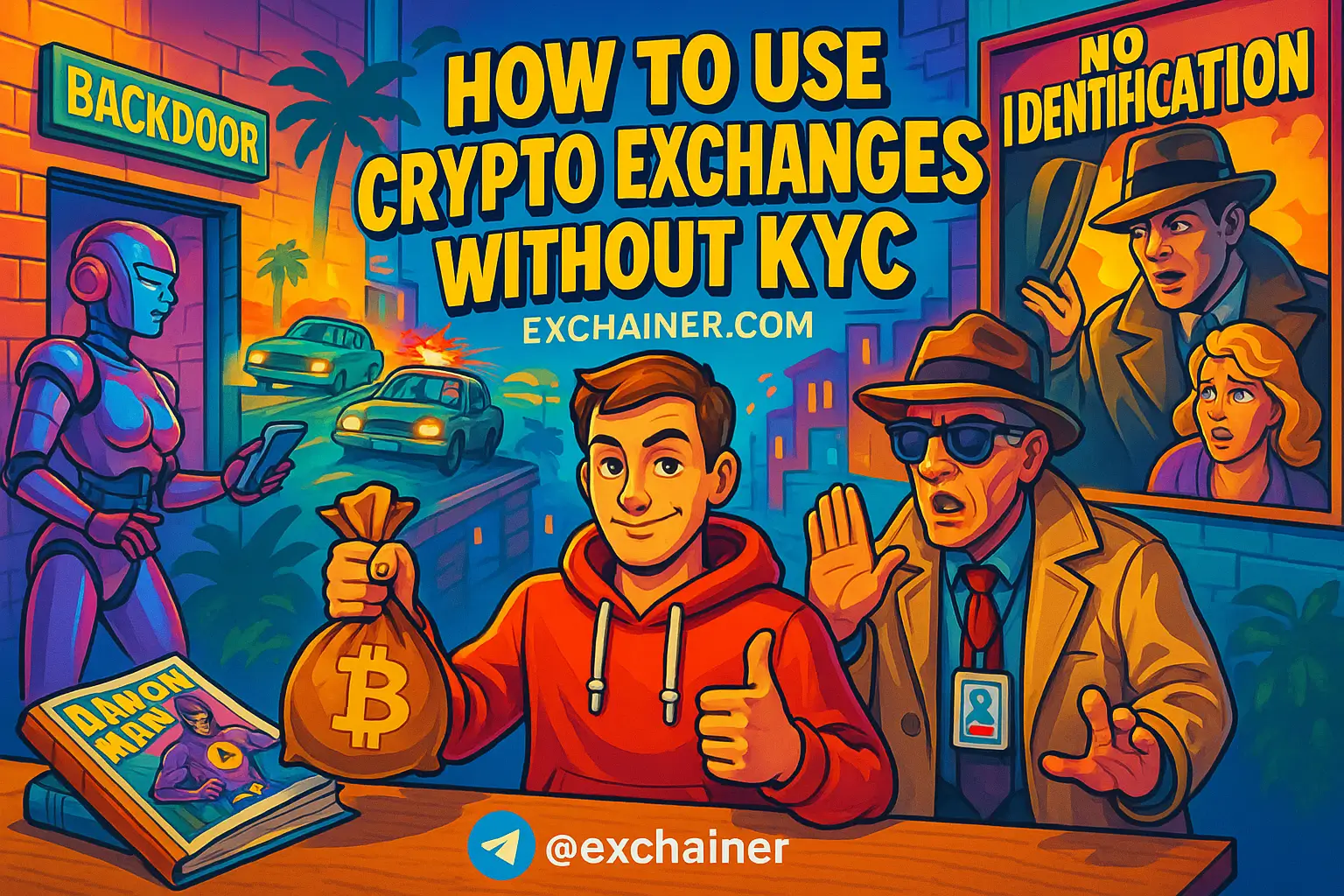Introduction
Friends, if you’ve been looking to step into the world of cryptocurrencies, you’ve likely hit a major first hurdle: how to buy crypto with fiat. This step is crucial because converting traditional money — like dollars, euros, or pounds — into digital currency is the gateway for millions jumping into crypto. That’s where crypto exchanges for fiat on-ramps come into play. These platforms act as the bridge connecting your local currency to the vast universe of digital assets.
Why is this topic so important right now? Well, as cryptocurrencies gain mass adoption, more people want smooth, secure, and cost-effective paths to get into the market. But not every exchange does this equally well. Differences in supported fiat currencies, payment options, fees, and security can easily confuse beginners or even seasoned traders. So choosing the right fiat on-ramp exchange can save you time, money, and frustration.
In this article, we'll explore the top crypto exchanges that serve as trusted fiat on-ramps. You’ll get a clear understanding of what to expect regarding fees, payment methods, fiat currency coverage, and regulatory safeguards. Whether you’re just starting or a global user, we’ll help you identify the best fit for your unique needs.
To keep things focused, our evaluation will revolve around four key pillars: fees and transaction speed, fiat currency support, payment methods, and regulation/security. By the end, you’ll be equipped to make confident choices and smoothly transition from your local cash to crypto assets. Ready to get started? Let’s dive into the world of fiat on-ramp exchanges and find out which ones stand out in 2024.
Top Picks: Best Fiat Crypto Exchanges
Quick comparison table summary
To make your choice easier, here’s a quick snapshot comparing the best fiat crypto platforms on key factors:
- Supported fiat: Which currencies can you use to buy crypto?
- Payment methods: Bank transfer, card, or digital wallets?
- Fee range: What kind of fees can you expect?
- Verification speed: How fast can you start trading?
- Top pros and cons: Highlights that might matter to you.
Our picks for 2024:
- Best overall: Coinbase – Easy interface, strong regulatory compliance, solid fiat coverage.
- Best for beginners: Gemini – Simple UI, clear fee structure, good for US users.
- Best for low fees: Binance – Offers competitive fees but more complex for newbies.
Short profiles of leading exchanges
-
Coinbase: The go-to for many beginners, Coinbase offers seamless fiat on-ramps with an intuitive platform. Its robust security features and multiple fiat currencies (USD, EUR, GBP) make it ideal for entry-level and global users.
-
Binance: Known for its enormous crypto selection and low fees, Binance supports a wide range of fiat currencies and payment methods. It's great for cost-conscious buyers but may overwhelm newcomers.
-
Kraken: A veteran exchange focusing on security and regulatory compliance. Kraken supports multiple fiat currencies and offers detailed verification processes, catering well to professional traders.
-
Gemini: Highly regulated and US-based, Gemini prioritizes security and user-friendly fiat on-ramp experiences. It’s perfect for new traders who value transparency.
-
Crypto.com: A versatile platform that blends exchange features with payment solutions. Their fiat on-ramp supports various currencies and offers additional perks like crypto-backed debit cards.
How to pick the best exchange for you
Choosing the right fiat on-ramp depends on your:
- Experience level: Beginners might prefer simple interfaces like Coinbase or Gemini.
- Desired payment method: Do you want instant card purchases or cheaper bank transfers?
- Supported fiat: Make sure your local currency is accepted to avoid extra FX fees.
- Security and regulation priorities: Exchanges regulated in your jurisdiction typically ensure safer fiat flows.
Ask yourself: “What’s most important — speed, cost, range of payment options, or regulatory safety?” The answers will guide you to the platform that best suits your crypto journey.
Fees & Speed: Understanding Fiat-to-Crypto Gateway Costs
Types of fees to expect
When you buy crypto with fiat, prepare for several types of fees:
-
Trading fees are charged by exchanges for executing your order, often a percentage of the transaction. They can range from 0.1% on Binance to over 1.5% on beginner-friendly platforms.
-
Deposit fees apply when funding your account, especially with credit or debit cards. For example, card purchases sometimes incur 2-4% fees, while bank transfers often cost nothing.
-
Card fees are usually higher due to processing costs and risk of chargebacks.
-
Spread is the difference between the buy and sell prices the exchange offers. It’s an indirect cost but can add up, especially in volatile markets.
To cut down costs, consider using bank transfers over cards whenever possible. Layer 2 (L2) solutions and stablecoins can also help reduce fees by providing faster, cheaper transfers once you have some crypto.
Speed trade-offs: instant card buys vs. ACH/bank transfers
Instant card purchases are tempting because you get your crypto right away, but they come with higher fees. On the other hand, ACH or bank transfers have minimal fees but can take 1-5 business days to clear. So if you’re making urgent buys to catch a market dip, paying extra for speed might be worth it.
For casual or cost-sensitive buyers, slower bank transfers are perfectly fine. Also, some exchanges offer instant deposits using partners or wallets like Apple Pay, blending convenience with reasonable fees.
Fee comparison strategy for readers
To truly understand the cost of buying crypto with fiat, add these factors:
- Trading fee + deposit fee + card or payment processor fee.
- Spread percentage over market price.
- Exchange rate markups on currency conversions if your fiat doesn’t match the platform’s base currency.
Use a quick checklist before buying: “What will I pay in total? Are there hidden costs? Does the payment method impact my fees?” This mindset helps avoid surprises and plan wallet top-ups efficiently.
Fiat Coverage & Payment Methods
Which exchanges support which fiat currencies
Choosing an exchange that supports your local currency prevents extra conversion fees and withdrawal challenges. Popular fiat currencies supported by most platforms include USD, EUR, GBP, AUD, and INR. Some exchanges even allow deposits with currencies like CAD, JPY, KRW, and more.
Regional fiat coverage affects how smoothly you can move money in and out. For example, European traders favor SEPA transfers (Eurozone bank transfer system), while Americans mostly use ACH. Ensuring your exchange supports the right fiat means faster transactions and fewer FX penalties.
Payment methods: bank transfer, SEPA, ACH, debit/credit cards, Apple Pay, P2P, third-party partners
Here’s a quick rundown of common payment methods:
-
Bank transfer (wire): Secure, low fees, but slower (1-3 days). Works well for large amounts.
-
SEPA: Fast Euro transfers within Europe with minimal fees.
-
ACH: US-based bank transfers, cheaper but can take 1-2 business days.
-
Debit/credit cards: Instant crypto buys, convenient but higher fees and chargeback risks.
-
Apple Pay/Google Pay: Increasingly integrated for speed and ease on mobile devices.
-
P2P platforms: Connect buyers and sellers directly; fees vary, ideal for emerging markets.
-
Third-party partners: Some exchanges use external services like Simplex or MoonPay, offering more payment choices but often with extra fees.
Understanding these pros and cons will help you pick the most cost-effective and convenient way to fund your crypto wallet.
Best picks by payment method and region
-
For card buys, Binance and Crypto.com are standout options due to fast processing and wide fiat support.
-
For bank transfers in the US, Gemini and Kraken offer smooth ACH integration with low fees.
-
European users looking for SEPA transfers will find Coinbase and Kraken efficient.
-
Emerging market users might explore P2P options on Binance or local exchanges with fiat on-ramps tailored to their region.
Regulation, Security & Verification
Importance of regulation for fiat on-ramps
Buying crypto with fiat involves handling traditional money, which means regulatory oversight matters a lot. Licensed exchanges comply with KYC (Know Your Customer), AML (Anti-Money Laundering), and other local rules, reducing risks of fraud or fund freezes.
Regulation builds trust. For example, Coinbase and Gemini hold licenses in multiple jurisdictions, ensuring your fiat deposits are handled legally and transparently.
Security features to check
When selecting a fiat on-ramp platform, look for:
-
Cold storage: Majority of crypto kept offline to protect from hacks.
-
Insurance: Some exchanges insure user funds against theft.
-
SAFU funds: Binance’s emergency reserve fund protecting user assets.
-
Two-Factor Authentication (2FA): Adds extra login security.
-
Account protection mechanisms: Alerts and withdrawal whitelists.
Red flags include lack of transparency about security or no KYC requirements, which might indicate risky platforms.
Verification timelines and KYC best practices
KYC verification can vary from minutes to days. Common steps include submitting government ID, proof of address, and selfie verification. Delays often happen if uploaded documents are blurry or inconsistent.
To speed things up:
- Use high-quality, valid documents.
- Ensure names and addresses match official records.
- Be patient and check your email for further instructions.
Completing KYC not only ensures safer fiat flows but also unlocks higher withdrawal limits and payment options.
Conclusion
Navigating the world of fiat on-ramp exchanges is a vital skill for anyone serious about entering cryptocurrency trading. We’ve covered the main keyword of crypto exchanges for fiat on-ramps across all angles — from choosing the best platform for your experience level and payment preferences, to understanding fee structures, fiat coverage, and the importance of regulation and security.
If you’re a beginner, platforms like Coinbase and Gemini offer simplicity, clear support, and strong regulatory backing to get you started worry-free. For cost-conscious buyers, Binance shines with ultra-low trading fees and wide payment options — though it demands a bit more understanding. Frequent traders should prioritize exchanges with fast verification and diverse fiat methods to capitalize on market moves. International users must check regional fiat support carefully to avoid FX fees and delays.
Before jumping in, remember this quick checklist: confirm your exchange supports your local fiat currency, calculate all fees including spreads, pick a payment method that balances speed and cost, ensure the platform is regulated and secure, and start with a small test deposit to familiarize yourself first.
Remember, your journey into crypto should be safe, affordable, and tailored to your needs. Want to dive deeper? Explore detailed comparisons and reviews on our site to stay updated with exchange policies and emerging tools. And don’t miss our practical guides designed to help you master cryptocurrency trading and safe wallet management.
For more insightful resources and step-by-step tutorials, visit our categories on Crypto 101, check out the latest Exchange Reviews, or discover trusted Tools and Wallets to enhance your crypto experience. Start your crypto journey today with confidence and clarity!
External resource references:
- For real-time fee data and supported fiat currencies, check CoinMarketCap exchange rankings.
- For official exchange compliance details, visit individual exchange websites such as Coinbase Legal or Gemini Security.






